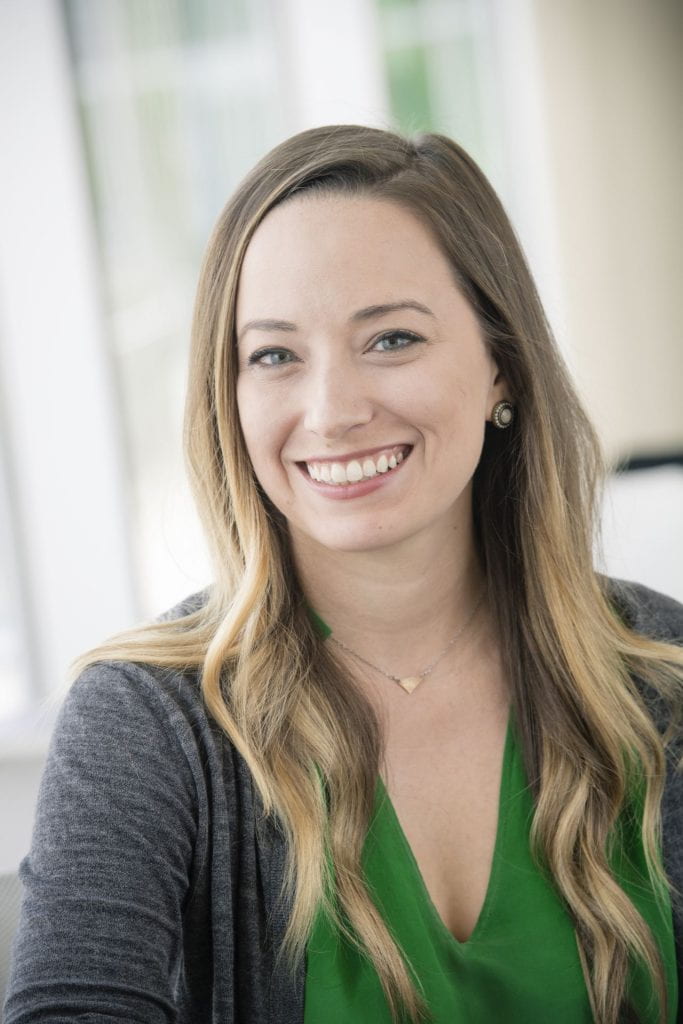
Professional writers are often labelled as having a certain skillset. Usually, this would imply a background in document design, editing or technical writing, among other things. However, there are plenty of ways that creative writers may find themselves in a career that requires professional writing. Making this transition may not be as uncommon as one would think, and for Brett Bralley, a writer on UAB’s University Relations team, focusing on professional writing has led to a successful career that combines her creative background with practical communication skills.
Bralley studied journalism at the University of Alabama, and her career eventually led to UAB. She works on the content team, which is in charge of creating and editing copies for university initiatives.
“I write a wide variety of content,” Bralley explains. “Sometimes it’s a shorter, dynamic copy for a brochure or a website landing page. And sometimes it’s an in-depth feature for UAB Magazine. All of it is focused on telling the stories of students, faculty, staff and friends of UAB.” Although the art of storytelling is more frequently attributed to creative writing, professional writers like Bralley are often tasked with achieving this goal with limited word counts, focused target audiences and design in mind.
With a creative writing perspective, Bralley has been able to approach the challenges of a professional writing career from a unique angle. “My background in journalism prepared me for almost every aspect of this job. I learned editorial judgement, story structure, how to interview sources, how to always consider my reader, the importance of accuracy and attention to detail, and—of course—how to tell a story in meaningful, effective way,” she says. Together, Bralley and her coworkers implement a diverse set of skills that are fundamental to professional writing.
As opposed to writing careers that focus on churning out content, Bralley is often tasked with considering design. Depending on the project, the design may be created around a copy that has been written, or the content may need to fit a specific layout, and that’s where Bralley must use her judgement to create captivating copies.
“Good writing can be all for naught if the design isn’t there,” Bralley says. “The presentation of the work has the power to entice the reader and make them want to dive into your content. A clean, legible font, a lovely layout and the right medium for sharing your work is paramount to creating quality content.”
But the process is not as strict as one might think. Often, professional writers must be in touch with their creative side to ensure that content is engaging for their audience—this requires Bralley to be adaptable. She explains, “A fun part of my job is that I’m doing all kinds of writing, so I get to exercise all sorts of skills. When I’m writing for a professional audience, whether by crafting an internal newsletter or putting together an email for a source, I think about the most informative and simple way to connect. I want to keep it engaging, but I also want to get the point across quickly.”
When asked if she had any recommendations for young professional writers, Bralley says, “Write as much as you can! Build your portfolio with a variety of work. Take classes or workshops to learn new skills. Connect with a mentor who can give you advice and help you along. When someone edits your work, review those edits and see how you can improve. The more you work at it, the better a writer you can be! And when it comes time to show off your work, don’t be shy.”
